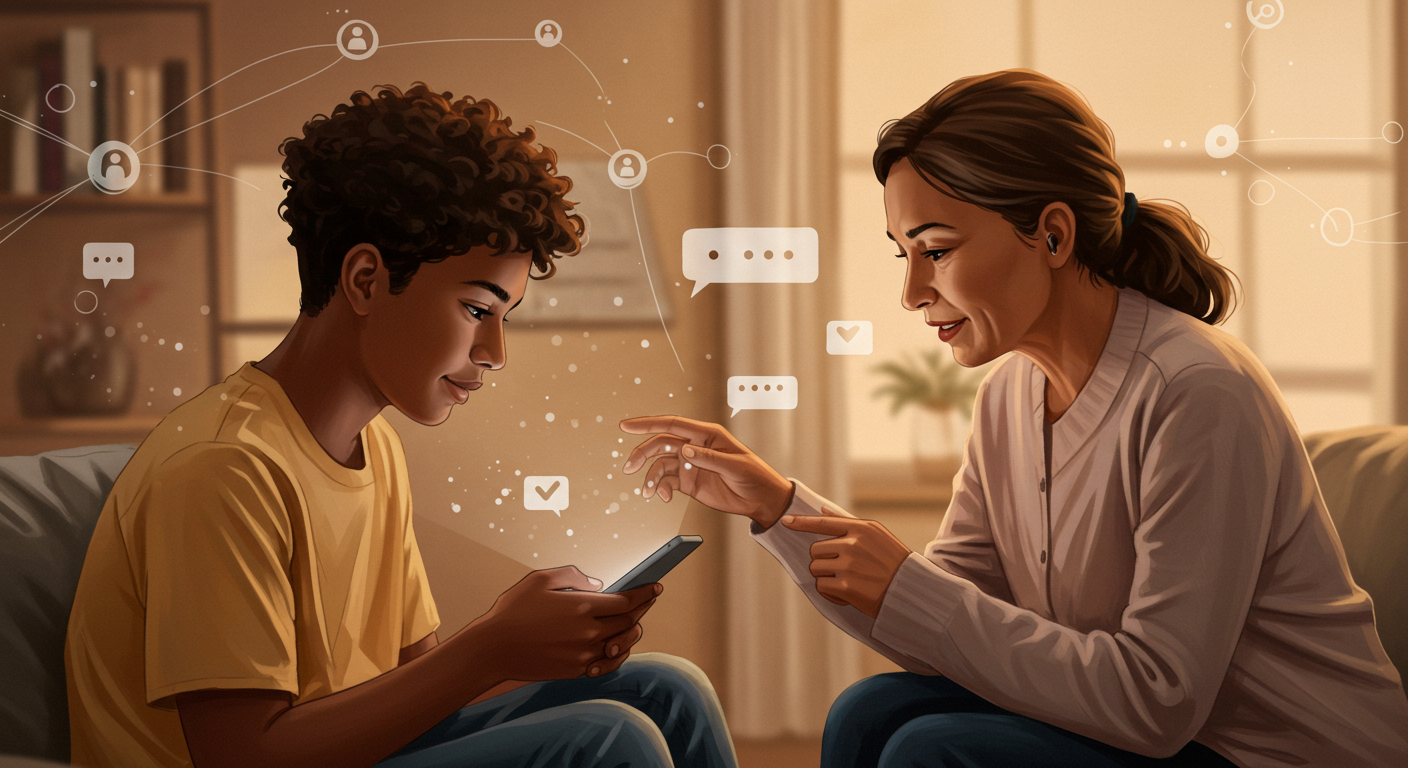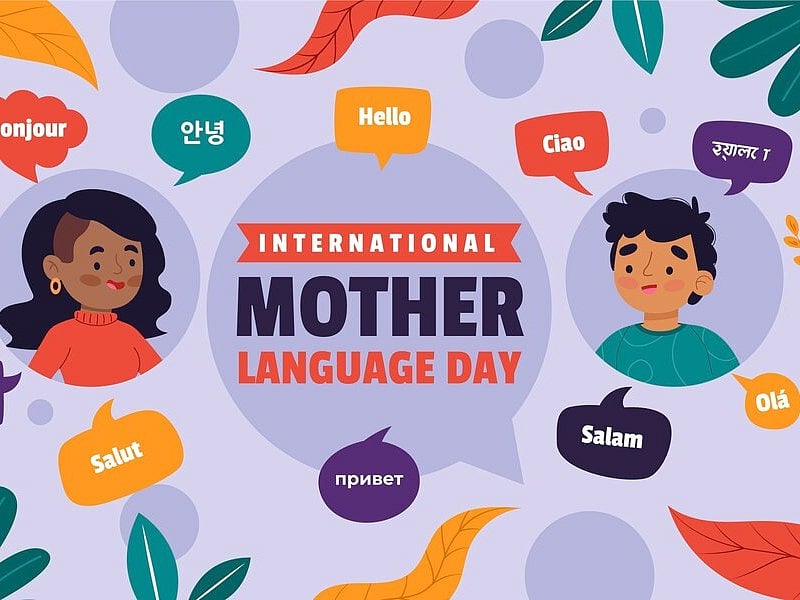In today’s algorithm-driven world, parenting teenagers has progressed well beyond limiting screen time or controlling which applications they use on their phones. We’ve reached a new age in which adolescence is formed by digital culture, TikTok trends seem more important than textbooks, and many parents feel like strangers in their children’s virtual world.
However, this is not a narrative about technological fear or generational shaming. It’s all about reconnection, and why offline interaction is more important than ever in today’s hyper-connected society.
From Control to Curiosity: A Shift in Parenting Style
Traditional parenting approaches online emphasize oversight: “What are you viewing?”, “Who are you communicating with?”, “Hand over your phone.” Today’s teens are not merely consumers of content; they actively create, curate, and engage in dynamic microcultures.
They utilize services such as TikTok and Discord that offer more than simply entertainment. They represent phases of identity development, humor, activism, and belonging. Attempting to control this space usually backfires.
Instead, parents should adjust their perspective from monitoring to interest. Respond with: “What do you like about this creator?”, “What does this trend mean to your generation?” These questions encourage connection rather than disagreement.
Algorithms Are Shaping Values. Are Parents in the Conversation?
Gen Z and Gen Alpha are different from prior generations in that they are being influenced by algorithmically provided material, which may be very tailored, rather than just school or family.
This implies that artists a kid follows may have a greater effect on their viewpoint than dinner table chats. However, this is not an inherently negative statement; rather, it is a call to action.
Parents who understand and participate in their teens’ digital environment are better able to guide them through it. That may be watching their favorite YouTuber with them, understanding why a TikTok trend is important, or even exchanging memes as a love language.
READ ALSO: The new currency: how the attention economy is reshaping brand building
Can Brands Help Bridge the Gap? Yes. And They Should.
Brands have a unique chance, and duty, to make efforts that bring people of different generations together instead of making the gaps between them bigger.
We’ve caught hints of this:
- “Dear Sade” ads from Google and “Screen Time” ads from Apple both showed family relationships in a tech setting.
- The Dove Self-Esteem Project worked with parents and kids to spread positive messages about body image online.
People connect with these attempts because they use words of understanding instead of power. Agencies should pay attention: marketing that works for all generations is not only good stories, but it’s also branding that will last.
Moving Forward: Designing Experiences That Invite Conversation
Instead of making apps and tools that only let parents “block and monitor,” what if platforms put their money into tools that help everyone understand? Maybe they could even include built-in features that let kids explain what a trend means or let parents answer with interest instead of criticism.
Making computer experiences more personal is what needs to be done. Because connecting isn’t about being in charge of the screen; it’s about seeing the person behind it.
The Bottom Line
Within the contemporary social media environment, the primary desire of teenagers is not to seek refuge, but rather to articulate their thoughts and feelings. What parents truly seek is not dominance, but rather a profound sense of connection.
Let us commence from that point. Not in a state of alarm. Not through conflicts of authority. However, with a sense of presence.
In the years following 2025, the manner in which we engage in the physical realm will significantly influence our success in the digital landscape, both as families and as a society.
ALSO WATCH: MARKETING EDGE ONTV









Comment
No comments found.